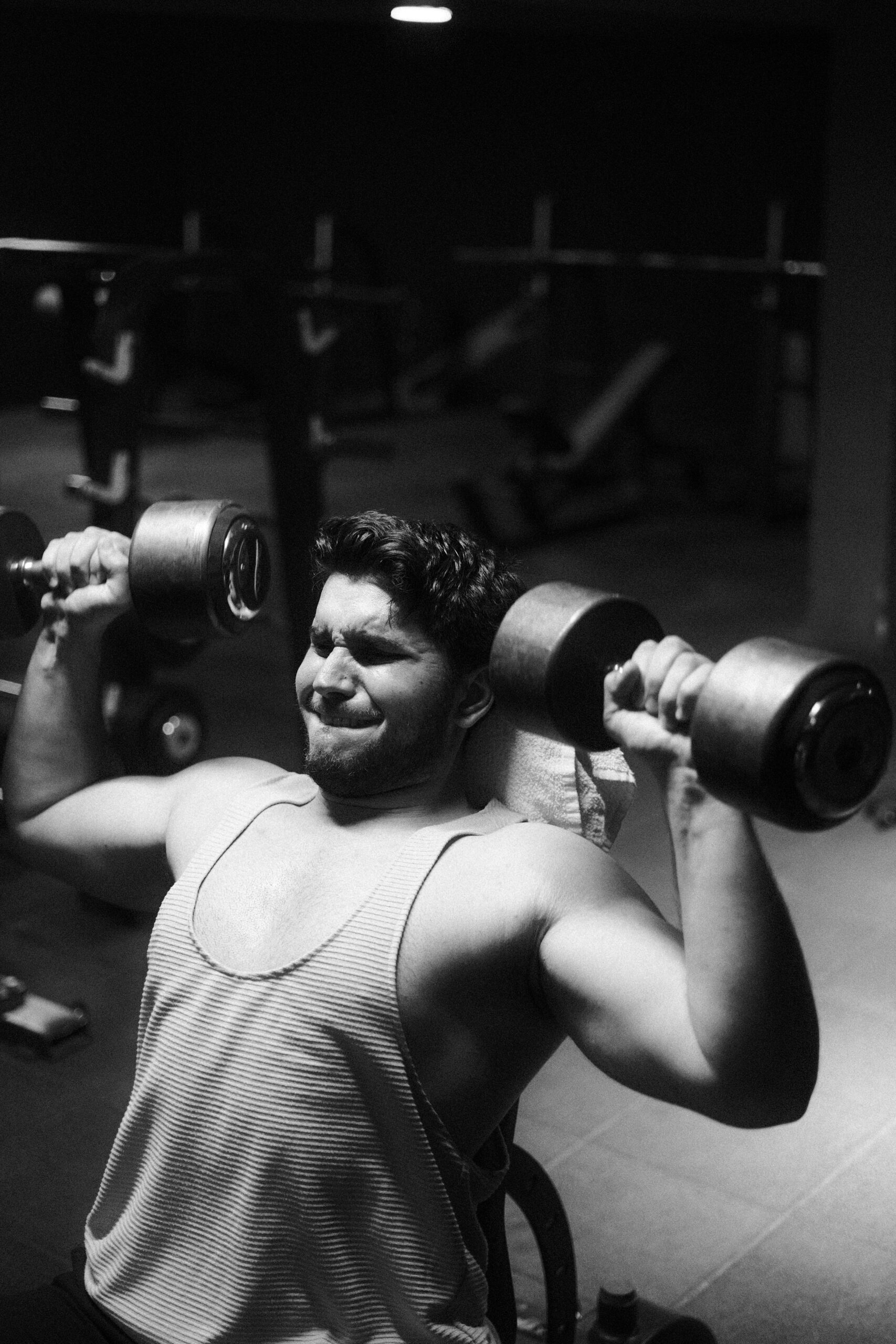Imagine finding a form of therapy that allows you to completely relax and release all the tension and stress from your body. Well, look no further because Watsu is here. Watsu is a unique and immersive therapy that combines elements of massage, stretching, and Shiatsu techniques all while being performed in warm water. This article will explore the wonders of Watsu and how it can promote healing and rejuvenation for both body and mind.

Overview
Watsu is a unique therapeutic modality that combines elements of water-based therapy, shiatsu principles, and stretching and mobilization techniques. This form of bodywork is performed in warm water, providing a deeply relaxing and rejuvenating experience. With origins rooted in both Eastern and Western practices, Watsu offers a wide range of benefits for the mind, body, and spirit.
What is Watsu?
Watsu, short for Water Shiatsu, is a gentle form of bodywork that takes place in warm water. It was founded by Harold Dull in the 1980s, combining elements of Zen shiatsu, yoga, and aquatic therapy. During a Watsu session, a practitioner guides and supports your body through fluid movements, stretches, and gentle massage techniques, all while you float effortlessly in the water. It is a highly adaptable therapy that can be tailored to suit individual needs and preferences.
Origins of Watsu
Watsu draws inspiration from various ancient healing traditions. Harold Dull, the founder of Watsu, was inspired by the Zen shiatsu techniques he had learned in Japan. He began experimenting with these techniques in a swimming pool, incorporating movements influenced by yoga and tai chi. Over time, he refined his approach and developed Watsu as a unique therapy. Today, Watsu has gained recognition and popularity worldwide, with practitioners and training programs available in many countries.
Benefits of Watsu
Watsu offers a multitude of benefits for both physical and emotional well-being. The warm water provides a soothing and supportive environment, allowing for deep relaxation and release of tension. The gentle movements and stretches help to improve circulation, flexibility, and range of motion. Watsu can also have a profound effect on mental and emotional states, promoting a sense of calm, reducing anxiety and stress, and enhancing overall feelings of well-being. It is an effective therapy for various conditions, from muscular pain and chronic conditions to emotional imbalances.
Techniques Used
Water-based Therapy
Water-based therapy forms the foundation of Watsu. By performing the therapy in warm water, the body experiences buoyancy and weightlessness, relieving pressure on the joints and spine. The water’s hydrostatic pressure provides gentle compression, promoting circulation and reducing swelling. The warm temperature of the water further aids in muscle relaxation and eases tension.
Shiatsu Principles
Watsu incorporates principles of Zen shiatsu, a traditional Japanese form of therapy that involves applying pressure to specific points along the body’s meridians. During a Watsu session, the practitioner uses their hands and fingers to provide gentle pressure and manipulations, stimulating energy flow and restoring balance in the body. Shiatsu techniques aim to release blockages and promote the body’s natural healing capabilities.
Stretching and Mobilization
In addition to the water and shiatsu techniques, Watsu also utilizes stretching and mobilization movements to increase flexibility and range of motion. The practitioner gently guides your limbs through fluid movements, stretches, and rotations, promoting joint mobility, muscle relaxation, and improved overall function. These stretching and mobilization techniques are tailored to each individual’s needs and limitations, ensuring a safe and effective session.
Step-by-Step Process
Preparing for a Watsu session
Before a Watsu session, it is important to communicate any existing health conditions or concerns with the practitioner. They will assess your suitability for Watsu and discuss any precautions or modifications needed. You may be advised to wear a swimwear or other appropriate attire that allows easy movement in the water. It is recommended to avoid heavy meals or alcohol consumption prior to your session to enhance comfort and relaxation.
Entering the water
Once you are ready, you will enter a specially designed pool or body of water. The water temperature is typically maintained at around 95-98 degrees Fahrenheit (35-37 degrees Celsius) to promote relaxation and muscle suppleness. The practitioner will ensure the water level is appropriate, usually no higher than chest or shoulder level. You will find yourself in a state of buoyancy, feeling weightless and supported as you relax into the water.
Floating and Support
As the session begins, the practitioner will gently cradle and support your body, allowing you to fully relax and surrender to the water’s embrace. They will maintain constant physical contact and use their hands and arms to provide support and stability. By floating effortlessly in the water, you can let go of physical and mental tension, encouraging a deep state of relaxation.
Water Dance Movements
During a Watsu session, the practitioner will guide your body through a series of fluid movements, stretches, and rotations. These movements, often referred to as “water dance,” are designed to release tension and promote energy flow throughout the body. The practitioner’s touch is intuitive and responsive, adapting to your body’s needs and limitations. The gentle pressure and rhythmic movements create a meditative and harmonious experience.
Exiting the water
As the session comes to a close, the practitioner will help you transition out of the water safely and with care. They may provide gentle stretches or suggest specific movements to help integrate the session’s benefits into your body. After the session, it is common to feel a sense of relaxation, rejuvenation, and heightened body awareness. Take your time to ease back into a grounded state before continuing with your day.
Equipment and Requirements
Pools and Water Temperature
Watsu sessions are typically conducted in specially designed pools or warm water environments. The water temperature is maintained at around 95-98 degrees Fahrenheit (35-37 degrees Celsius), which provides optimal comfort and relaxation. The pool’s depth is adjusted to ensure the water level allows for buoyancy and supports the client while allowing for easy movement.
Floatation Devices
Floatation devices, such as buoyancy belts or pool noodles, may be used during a Watsu session to provide additional support and stability. These devices can be especially helpful for individuals with limited mobility or those who require extra assistance in maintaining balance. The practitioner will assess your needs and use appropriate devices as required.
Hygiene and Safety
Maintaining high standards of hygiene and safety is essential in Watsu. The water used in the pool should be clean, with appropriate filtration and disinfection systems in place. The practitioner should follow strict protocols for hand hygiene, using hand sanitizer or washing their hands thoroughly before each session. Additionally, the practitioner should be trained in water safety techniques and be aware of any client-specific safety considerations.

Conditions Watsu Can Address
Stress and Anxiety
Watsu provides a deeply relaxing and nurturing experience, making it an excellent therapy for stress reduction and anxiety relief. The warm water, combined with gentle movements and support, helps to quiet the mind, release tension, and induce a state of calm and tranquility. Regular Watsu sessions can help manage stress levels, promote emotional well-being, and improve overall resilience.
Muscle Tension and Nerve Pain
Watsu’s gentle stretching and mobilization movements can help alleviate muscle tension and reduce pain. The warm water enhances muscle relaxation, allowing for greater ease of movement and decreased discomfort. By addressing tight muscles and improving circulation, Watsu can provide relief from conditions such as muscle strains, chronic muscle tightness, and nerve-related pain.
Chronic Pain and Fibromyalgia
People experiencing chronic pain or fibromyalgia often find relief and improved quality of life through Watsu. The combination of warm water, gentle stretching, and support can help reduce pain and muscle stiffness associated with these conditions. Watsu’s calming effect on the nervous system can ease symptoms, increase relaxation, and enhance overall well-being.
Who Can Benefit from Watsu?
Pregnant Women
Pregnant women can greatly benefit from Watsu as it provides a safe and nurturing environment to relax and alleviate the physical discomforts associated with pregnancy. The buoyancy of the water reduces the strain on joints and ligaments, while gentle stretches and movements help maintain flexibility and relieve muscle tension. Watsu can also promote emotional well-being and help the expectant mother connect with her baby.
Children with Autism Spectrum Disorders
Watsu has shown promising results in working with children on the autism spectrum. The warm water and gentle touch can help create a sense of security and calmness, reducing anxiety and promoting sensory integration. The fluid movements and support provided in Watsu can enhance body awareness and coordination, contributing to the overall development and well-being of children with autism.
Elderly Individuals
Watsu is well-suited for elderly individuals as it offers gentle support, relaxation, and pain relief without placing undue stress on joints and muscles. The warm water can ease arthritis pain, promote better sleep, and enhance flexibility. The emotional and psychological benefits of Watsu can also address feelings of isolation and facilitate a sense of connection and well-being in older adults.

Certification and Training
Watsu Practitioners
To ensure a safe and effective Watsu experience, it is important to seek out practitioners who have completed comprehensive training and certification in Watsu. Experienced practitioners have undergone specialized training on water-based therapy, shiatsu principles, and stretching techniques. They should also possess a solid understanding of anatomy, physiology, and water safety protocols. Look for reputable practitioners who are affiliated with recognized Watsu associations or organizations.
International Training Programs
Training programs for Watsu are available worldwide, offering different levels of certification and continuing education. These programs often incorporate both theoretical and practical components, including hands-on practice in water-based therapy and supervised sessions. It is important to select a reputable training program that aligns with your goals and interests in Watsu.
Continuing Education
To maintain their skills and stay updated with the latest advancements in the field, Watsu practitioners can pursue continuing education opportunities. These may include workshops, seminars, and advanced training programs. By investing in ongoing education, practitioners can enhance their expertise and provide the best possible care for their clients.
Research and Evidence
Scientific Studies on Watsu
While research on Watsu is still emerging, several scientific studies have explored its benefits and effectiveness. These studies have shown positive outcomes in areas such as pain reduction, improved range of motion, decreased anxiety, and enhanced quality of life. However, more research is needed to further validate the therapeutic effects of Watsu and understand its mechanisms of action.
Watsu as Complementary Therapy
Watsu has been found to complement traditional medical and therapeutic approaches in various settings. It can be integrated into rehabilitation programs, hospice care, chronic pain management, and mental health treatments. The holistic nature of Watsu makes it a valuable addition to a comprehensive treatment plan, addressing both physical and emotional needs of individuals.

Comparison with Other Therapies
Watsu vs. Aqua Therapy
Watsu and aqua therapy share similarities in that they both utilize the properties of water for therapeutic purposes. However, Watsu focuses on the holistic aspect of the therapy, incorporating shiatsu principles, body awareness, and relaxation techniques. Aqua therapy, on the other hand, is more goal-oriented and often involves exercises and movements aimed at specific therapeutic outcomes. Both modalities can be beneficial, depending on the individual’s needs and treatment goals.
Watsu vs. Shiatsu
While Watsu incorporates shiatsu principles, it differs from traditional shiatsu in terms of the environment and techniques used. Shiatsu is typically performed on a mat or massage table, while Watsu takes place in warm water. Watsu’s fluid movements and support are unique to the water environment, enhancing relaxation and mobility. Both modalities focus on balancing the body’s energy flow but offer different experiences and benefits.
Watsu vs. Water Aerobics
Watsu should not be confused with water aerobics, which is a form of exercise and cardiovascular workout performed in the water. Watsu is a therapeutic bodywork modality that focuses on relaxation, healing, and restoring balance. While water aerobics offer physical fitness benefits, Watsu is more oriented towards enhancing well-being, reducing stress, and promoting the body’s natural healing abilities.
Personal Experiences and Testimonials
Client Testimonials
Many individuals who have experienced Watsu have shared their positive testimonials, describing profound relaxation, pain reduction, and emotional healing. Clients often report feeling a deep sense of peace and calmness during and after the session. It is common for individuals to express gratitude for the transformative effects of Watsu on their overall well-being.
Practitioner Insights
Experienced Watsu practitioners attest to the power of this therapy in facilitating both physical and emotional healing. They highlight the importance of trust and connection between the practitioner and the client, as well as the transformative effects of the water and gentle movements. Practitioners share stories of witnessing clients experiencing deep relaxation, releasing emotional blockages, and finding profound relief from physical discomforts.
In conclusion, Watsu offers a unique therapeutic experience that combines water-based therapy, shiatsu principles, and stretching techniques. This holistic approach provides a wide range of benefits, from stress reduction and pain relief to enhanced well-being and body awareness. The warm water environment, coupled with the practitioner’s gentle support and intuitive movements, creates a safe and nurturing space for healing and relaxation. Whether you are seeking relief from physical discomfort, relaxation, or simply a deeper connection with your body, Watsu can offer a transformative and rejuvenating experience.

